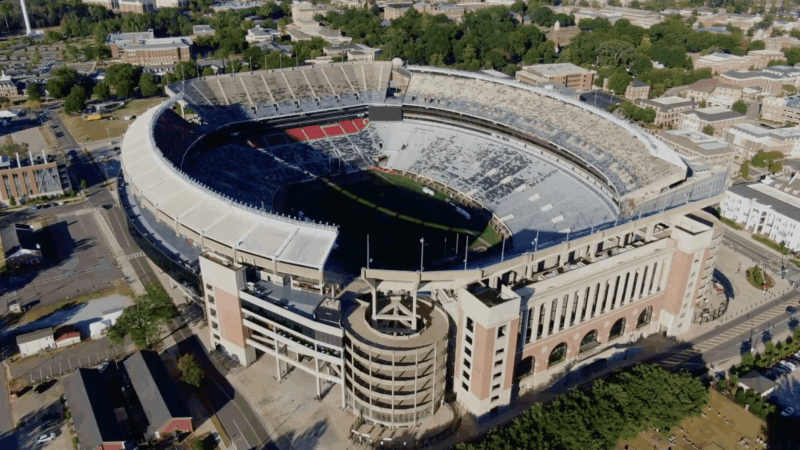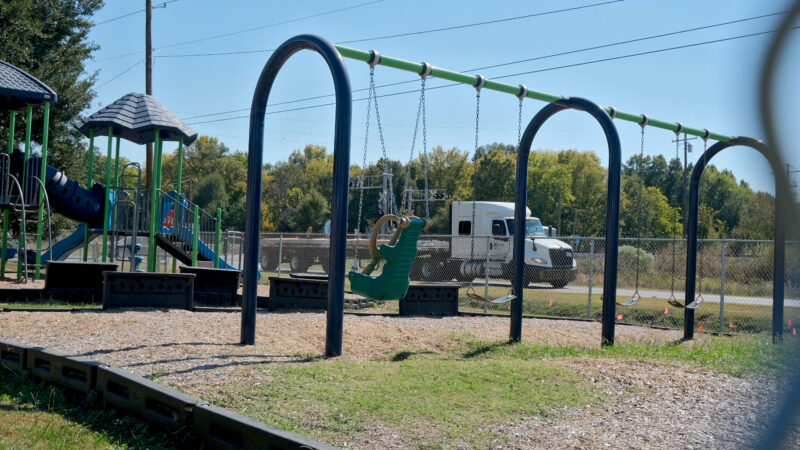Billy Joel cancels tour dates after diagnosis. What to know about the brain condition
Billy Joel canceled the rest of his summer concerts and announced that he has a brain condition called normal pressure hydrocephalus.
“I’m sincerely sorry to disappoint our audience, and thank you for understanding,” Joel, 76, told fans in a post to social media on Friday.
The condition has caused problems with Joel’s “hearing, vision and balance,” according to the statement, and his doctors advised him against performing because it has exacerbated those symptoms. Joel is undergoing physical therapy and says he hopes to return to the stage one day.
The condition is treatable, but underdiagnosed, doctors tell NPR.
By going public with his diagnosis, the musician could help others, says Dr. Charles Matouk, vice chair of clinical affairs at the department of neurosurgery at Yale School of Medicine.
“Billy Joel is incredibly brave,” Matouk says. “More people are going to be alerted to this problem and maybe get the help they need sooner.”
Here are three things to know about normal pressure hydrocephalus (NPH).
1. It happens when cerebrospinal fluid builds up in the brain
In healthy people, the body makes about half a liter of cerebrospinal fluid a day, says Dr. Gayatri Devi, director of Park Avenue Neurology in Manhattan. The fluid has several functions, including cushioning the brain against the hard, bony skull, transporting nutrients and removing waste.
Normally, the fluid gets reabsorbed through large veins in the head, but it doesn’t always happen that way in people who have normal pressure hydrocephalus.
“What can sometimes happen is there are some narrow bottleneck parts of the system,” Devi says. “And sometimes in those areas, you can have some build up over time, as we get older, of proteins and other substances and that causes the fluid to back up.”
This “sludge” that causes the buildup isn’t well understood, but it isn’t part of normal aging, says Matouk of Yale.
“Because your skull is a closed box, the water needs a way out or else pressure’s going to build up,” he says.
Despite increased pressure on the brain, it’s called normal pressure hydrocephalus because it happens so slowly that it stays within the normal range, according to the Cleveland Clinic.
2. Symptoms are easy to miss
The telltale signs of normal pressure hydrocephalus are problems with walking, cognitive symptoms and urinary incontinence. But since patients who have it are usually over 60, they can look like normal signs of aging.
“We all have grandmas and grandpas that have trouble walking because they have bad hips and knees and their back hurts,” Matouk says. “Both men and women, as you get older, are going to start having trouble controlling their bladder. … You’re going to have trouble with your memory.”
But when all three happen at the same time and progressively get worse, that should be a sign that something is not normal.
That said, it doesn’t always happen that way.
“What makes things even more complicated is people don’t have to have all three,” Devi says. “They could just have the urinary problem. They could just have the gait problem. They could just have the memory problem.”
What’s more, sometimes the movement problems are misdiagnosed as Parkinson’s disease, and the cognitive problems are misdiagnosed as Alzheimer’s. (Though Matouk cautions that Alzheimer’s dementia is different from the kind of dementia that arises from untreated normal pressure hydrocephalus over time.)
Once normal pressure hydrocephalus is suspected, diagnosing it usually involves a CT scan or a brain MRI. Doctors who spoke with NPR said they haven’t had difficulty getting insurance to pay for the testing.
However, because some radiologists don’t know how to spot it, it can be hard to get a diagnosis, says Dr. Ryan Lee, assistant professor of neurosurgery at Vanderbilt University Medical Center. “It does take some persistence on the part of the person who ordered the test or the family and the patient” to make sure the images are evaluated by a specialist, he says.
The next test is usually a lumbar puncture, or spinal tap, in which doctors insert a needle into the spinal canal to collect some spinal fluid. Then they ask the patient and their family members if any symptoms have changed. “We also have the physical therapist evaluate before and after,” Lee says, to avoid any kind of placebo effect.
3. It’s treatable
To relieve pressure on the brain, doctors perform a surgery that involves drilling a hole into the skull and inserting a shunt into the brain to drain the excess fluid to be absorbed by another part of the body — usually the abdomen.
“Because the fluid is getting made continuously, you need something that continuously drains the fluid,” says Devi of Park Avenue Neurology.
Surgery isn’t for everyone and carries risks, like infection, but patients can usually go home the next day, she says. The earlier normal pressure hydrocephalus is caught and treated, the better.
The surgery isn’t a cure, but “the response can be really remarkable,” says Lee of Vanderbilt.
“Patients can go from being in a wheelchair and not able to walk and not able to think very clearly or remember much to being able to walk almost normally and having an improvement in their cognition and quality of life significantly,” he says.
Matouk cautioned that cognitive symptoms tend to improve less dramatically than the other symptoms.
Still, Matouk, who is studying a new, less invasive procedure for these patients, hopes awareness of this condition will help patients advocate for themselves.
“There’s very few things in medicine where we can reverse symptoms or improve symptoms, and this is a disease where that’s possible,” he says. “So, it’s a shame if it’s missed — and it often is, for months or years, until the correct diagnosis is arrived at.”
Alabama Power seeks to delay rate hike for new gas plant amid outcry
The state’s largest utility has proposed delaying the rate increase from its purchase of a $622 million natural gas plant until 2028.
Former U.S. Sen. Doug Jones announces run for Alabama governor
Jones announced his campaign Monday afternoon, hours after filing campaign paperwork with the Secretary of State's Office. His gubernatorial bid could set up a rematch with U.S. Sen. Tommy Tuberville, the Republican who defeated Jones in 2020 and is now running for governor.
Scorching Saturdays: The rising heat threat inside football stadiums
Excessive heat and more frequent medical incidents in Southern college football stadiums could be a warning sign for universities across the country.
The Gulf States Newsroom is hiring an Audio Editor
The Gulf States Newsroom is hiring an Audio Editor to join our award-winning team covering important regional stories across Mississippi, Alabama and Louisiana.
Judge orders new Alabama Senate map after ruling found racial gerrymandering
U.S. District Judge Anna Manasco, appointed by President Donald Trump during his first term, issued the ruling Monday putting a new court-selected map in place for the 2026 and 2030 elections.
Construction on Meta’s largest data center brings 600% crash spike, chaos to rural Louisiana
An investigation from the Gulf States Newsroom found that trucks contracted to work at the Meta facility are causing delays and dangerous roads in Holly Ridge.








